What are the Design Essentials of a Perfect Kitchen?
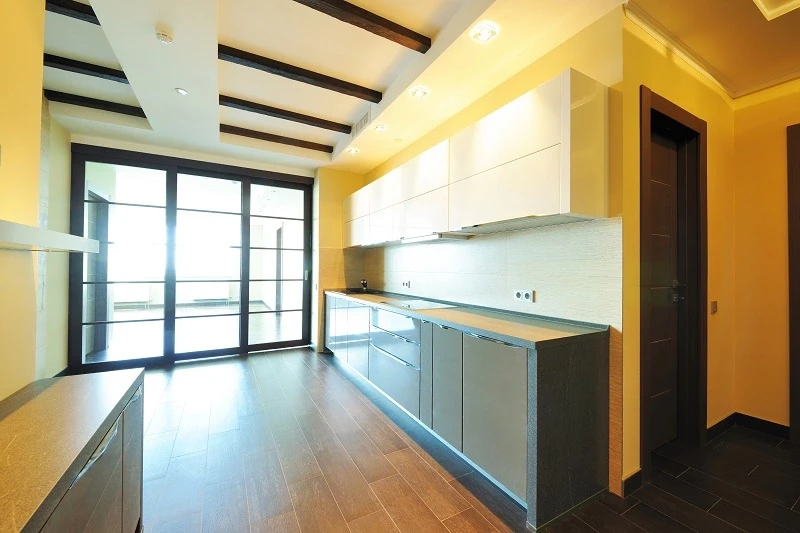
The kitchen is the soul of the home. It is in the kitchen that many sweet moments are shared and lasting memories are made. When choosing a house, the kitchen is one of the most important factors for most families. Everyone who works in the kitchen wants a kitchen that is efficient and comfortable. While these are basic requirements, many more kitchen design considerations are essential when choosing a house. Because, getting your kitchen plan right is the most central aspect in guaranteeing a functional and hands-on space. Whether the kitchen is small and restricted or big and spacious, a smart layout can make a world of difference. Hence without any doubt, the kitchen has been crowned as the most utilitarian room of any house.
As the first step, evaluate your lifestyle thoroughly and ask yourself probing questions, such as – would you prefer a kitchen of your own or would like a common kitchen service, who will spend maximum time in the kitchen, at what time of the day it will be most used, would you prefer an open kitchen or a closed space, what kind of food do you normally make etc. All these questions and the answers to these questions are really important when buying a house. For example, if you are a messy chef, a kitchen that is closed will cover up for you. If you are a cook who is gadget-dependent, a kitchen that gives you adequate built-in space for appliances and electrical points would be great. Sit down with your family and decide upon some must-haves in the kitchen design.
To enjoy the space completely, here are some important recommendations:
LOCATION AND PROXIMITY
Entrance
The kitchen should be located such that it is close to the entrance. For a person working alone in the kitchen, the distance to and from the main door shouldn’t be more than a few steps. While making it practical, it also enhances security.
Dining Area
The movement to and from the dining area is an important point to consider. The distance should be such that it is comfortable for the chef to serve easily and warm. If the dining area and the kitchen are far apart, entertaining guests can also become challenging. If the dining area doubles up as a space to take care of or engage in support kitchen activities such as chopping vegetables, sorting of pulses and grains etc., the proximity is essential. Take note of the space available for the support kitchen activities that mostly happen outside of the kitchen.
Utility Area
The access to the utility area is a very important consideration for day-to-day functioning. For example, the movement of used utensils should be convenient and easy from the dining area to the kitchen to the utility area. The utility area should be an integral part of the kitchen design. It should function in tandem with the kitchen and the dining areas. The communication between the kitchen and the utility area can make a difference to the entire cooking and cleaning experience.
OPEN OR CLOSED KITCHEN
It is important to decide what do you prefer – an Open or a Closed Kitchen. As the name suggests an open kitchen is usually ‘open’ from more than one side. An open kitchen is more integrated with the adjacent spaces in the house – typically the living room and the dining space. The closed kitchen, on the other hand, is an enclosed space that is isolated from the other rooms of the house. The separating walls make it a stand-alone room of its own. Both the kitchen types have their own benefits and challenges.
Closed Kitchen
A closed kitchen is great to completely absorb into the cooking process without any onlookers. It keeps the smells, vapours, sounds and mess restricted within the kitchen space. For maximum storage space, seclusion and comfort, most cooks prefer a closed kitchen. However, a closed kitchen limits communication when entertaining guests outside. Also, the influx of light and air can be less in a closed space.
Open Kitchen
A semi-open or open kitchen allows for easy serving, communication with and visibility to the living area and thus helps further conversations with the guests. The open kitchen looks very urbane, is naturally brighter and well-ventilated. It allows the homeowner to show off the glitzy cutlery and the modern appliances. An open kitchen lets the chef enjoy the TV while cooking alone and converse with the house help if relaxing in the living room. While an open kitchen offers a sense of enhanced space, it can lend a lot of visibility to the mess during cooking. For Indian households that cook spicy or smoky food, the open kitchen can become a problem considering the aromas of food and sounds of appliances.
Nonetheless, you can enjoy the best of both worlds by converting an open kitchen into a temporary closed kitchen with some design tips. Installing mesh drapes or a small fold-down table, a glass partition or a fresh indoor plants curtain can cover up the space smartly and aesthetically.
KITCHEN LAYOUT
Platform Shape
The shape of the platform can vary according to the kitchen design, size and unit plan.
- The parallel platform is a classic layout that creates an inner channel or galley between the platforms or storage cabinets that are adjacent to each other.
- Typically found in small kitchens, the one-wall kitchen is simple yet functional and space efficient.
- An L-shaped kitchen layout has work zones and cabinets along two perpendicular walls. This shape perfectly accommodates two or more individuals working in the kitchen, while also segregating the wet and dry areas.
- The C-shaped or U-shaped kitchen layout has platforms and cabinetry along three adjacent walls. This though spacious, can restrict the space available for kitchen appliances and the sink.
Evaluate your cooking style and lifestyle specifics and accordingly try matching the kitchen platform layout. Keep the design simple and stick to the ABCs.
Platform Make & Dimensions
- The material of the kitchen platform is important for daily use. Check what suits your liking. Countertops can be made of granite, engineered stone, ceramic tile, laminates, stainless steel etc. Granite is the go-to material for countertop options because it being one of the hardest natural stones mined from the earth, is extremely durable, easy to maintain and is resistant to scratching and chipping.
- Check for the effective length of the kitchen platform. An ideal kitchen platform should be more than 10 feet long – be it a One-wall, C-shaped, Parallel or L-shaped platform.
- The depth of the platform is important to accommodate your choice of hob. A minimum 2-feet depth accommodates standard hobs and offers a little free space around the appliance.
- The height of the platform must be comfortable for the individuals who will cook maximum number of times.
- Consider the free space that will be available once you place the hob, the kitchen appliances and other platform essentials of your choice.
KITCHEN TRIANGLE
It is recommended that the sink (washing area), hob (preparation area) and refrigerator (storage area) be placed equidistant from each other and form a perfect kitchen triangle, making circulation within the kitchen easy. In most modern apartments that are compact in their design, this might be a challenge. In this case, a basic check you could do is to ensure that the hob or stove will be placed equidistant from the sink and the refrigerator, making sure that hob to sink and hob to the refrigerator is easy movement and has minimum traffic in between.
Sink
The sink works in tandem with the other elements in the kitchen and hence is important for a well-functioning design. For instance, placing the sink close to the dishwasher makes practical sense. Also, the convenience of placing a garbage bin near or under the sink can make disposing waste during food preparation or when doing the dishes easy. A dedicated drain board or space for drying for wet utensils can add the element of convenience to your kitchen. If you spend a lot of time near the sink, make sure the placement of the taps and faucets suit your likings. A hot water supply in the kitchen sink can make the washing of greasy utensils stress-free and also provide warm water during winters.
Refrigerator
Check if the refrigerator will have a right or left-handed opening. There should be enough space to open the door comfortably, without being obstructed by walls or corners. If you prefer a voluminous, 3-door refrigerator as a family, ensure that the kitchen has enough space to accommodate the same, easily. Also, some space for placing things close to the fridge is recommended. Check if it is available.
Hob or Stove
The dimensions of the hob and kitchen platform should be such that free space will be available in the front and the sides after placing hob. The provision for gas piping should be checked, if any.
KITCHEN STORAGE
- The effective length and volume of the overhead storage space and the space available under the kitchen platform are crucial. For families that store surplus groceries and utensils, a kitchen that allows for more storage inside or near the kitchen is a plus.
- If the utility area is small, the storage space in the kitchen becomes even more important. Good kitchen storage contributes to a good kitchen design.
- The platform should be able to accommodate standard modular kitchen cabinets. The space should be of a depth and height that can easily offer itself to customization using trolleys, portable racks and contemporary accessories.
LIGHT AND VENTILATION
The design of the kitchen should permit ample natural light and active ventilation. It can help to keep the inside temperature under check and avoid the build-up of odours and fumes. Enough space for chimney without hampering storage and aesthetics.
KITCHEN APPLIANCES AND ELECTRICAL POINTS
The space for diverse kitchen appliances should be checked. If the locations for the important appliances such as the refrigerator, microwave oven, cooking range, dishwasher, water purifier and hob are pre-decided, it is easier to plan the kitchen design around them. While checking the designated spaces, also check for the plumbing and electrical design provided. Electrical points supporting required voltages for each of the appliances are of prime importance.
CLEANABILITY
The platform material, dado, tiles should be easy to wipe and maintain. Cooking involves a lot of vapours and spillage. Easy-to-maintain materials enhance the convenience when working in the kitchen. An edge ‘patti’ at the end of the platform should be present to avoid water spillage when washing the platform. The window in the kitchen, the exhaust or the chimney should be easy to clean.
Apart from these considerations, the kitchen design should be judged on personal preferences and practices. A family might prefer a kitchen which has the dining as a separate area, while the other might want to blend it with the living area experience. For some, the storage might be secondary, while for others the look and feel, primary. Make a choice that is relevant to you and your family.
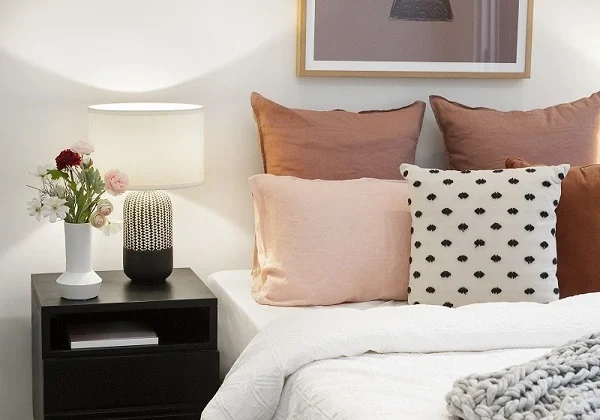


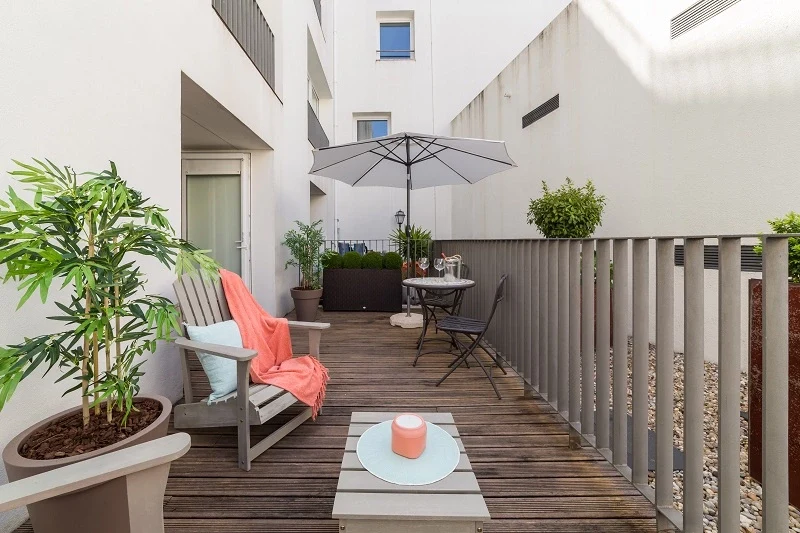

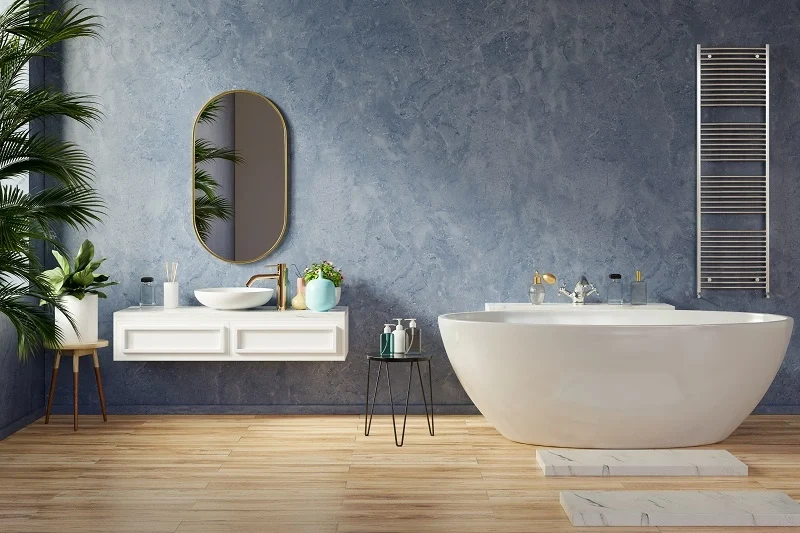
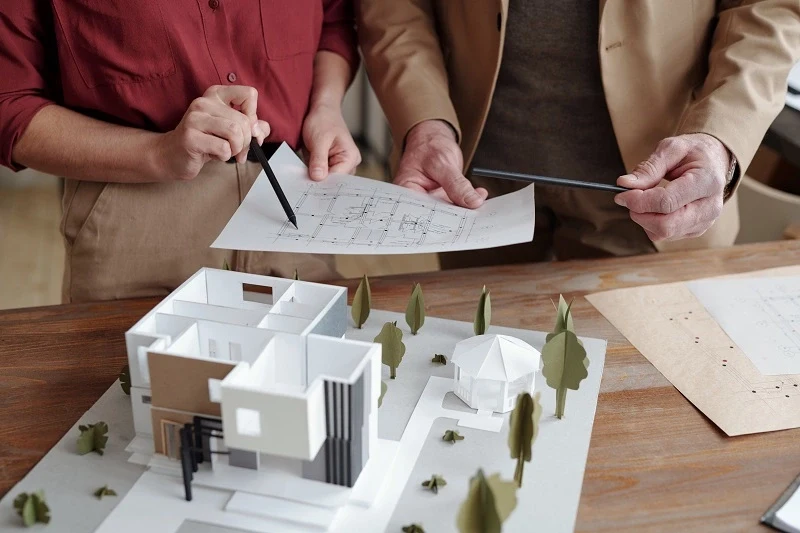

Ask a Question